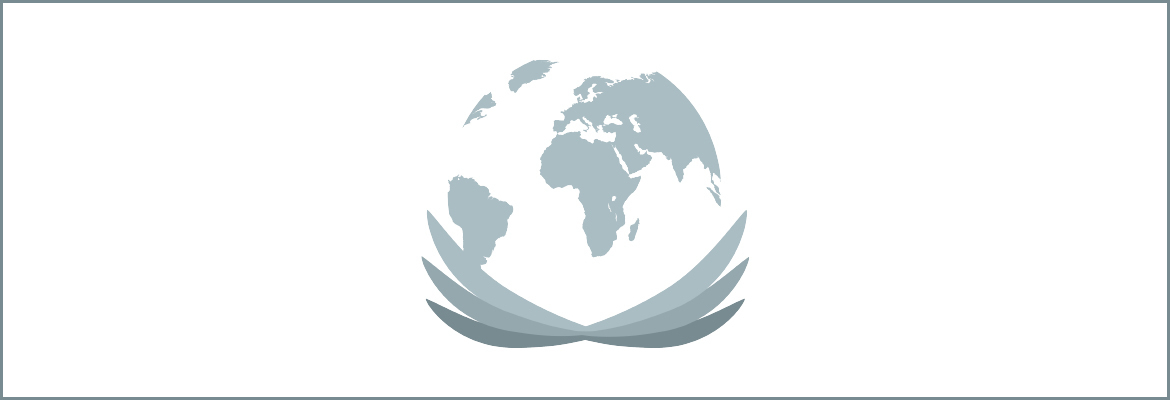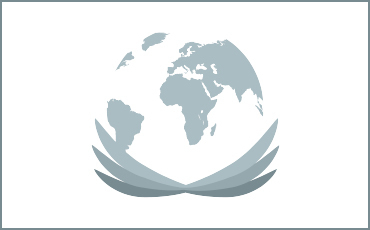On the twenty-fifth anniversary of the dismantling of the Berlin Wall

Berlin is in the spotlight as it celebrates the twenty-fifth anniversary of the end of the Berlin Wall. The gala celebration, as seen on European TV via the internet, was a moving spectacle – balloons and all. The very idea of a walled city is a difficult concept in modern times. In the aftermath of WW II the Berlin Wall did not appear overnight. It evolved, becoming more of a fixture and a symbol as the Cold War dragged on. The city of Berlin did not exist in a vacuum and as the Wall became increasingly impenetrable the Soviet block began to stagnate from within. Throughout the Soviet block’s illness and long decline it managed to hold on until it couldn’t any longer. And then it crumbled – quickly. In the summer of 1983 I visited Berlin on a circuit of central Europe, which also included Budapest and Prague. A special thanks to Diana’s brother Robby in Konstanz, Germany who lent us his green Renault and making this road trip possible. I regret that we did not return the Renault in the same condition (but that’s another story). Throughout the 1980s the metaphor of an Iron Curtain lingered as the most persistent symbol in Cold War Europe. The only unchecked penetration was weather and acid rain. But as the 1980s progressed the baby boomers of the west began to view the eastern bloc as more and more of an anachronism. Unfortunately for the same generation in the Soviet bloc the Iron Curtain was immutable. While some western fads and pop culture were able to leak through, freedom – both political and geographic, was frozen in time. So, in August 1983, armed with a US Passport and traveler’s checks we set out on a circuit of Eastern Europe. Our tentative itinerary was east from Konstanz to Budapest; north to Prague and Berlin; west to Essen; and then back to Konstanz. After a two-day drive through Bavaria and Austria we arrived at Lake Balaton in Hungary. One of the largest lakes in Europe, it is a vacation destination for many Eastern Europeans. My first lesson in the bureaucracy of centralized governments was the staggering paperwork which fed the system. Everyone at the campground, regardless of nationality, had to check in nightly with the required government paperwork. A line formed every afternoon outside the campground office. In those pre-computer days this was a tedious process taking from two to three hours. My US Passport generated considerable interest although I did not. When I left the US in July, David Bowie’s “Let’s Dance” was in regular circulation on MTV and on the airwaves so I did find it somewhat amusing that it seemed to be the most played song in that very crowded campground. The power of pop as an example of globalization! Moving on to Budapest, the same nightly check-in continued. Regardless of accommodations, one had to check-in with a Police station daily to inform them of lodging with an account of currency exchanged and money spent. Locating police stations proved to be a challenge. Nevertheless, Budapest was magical – a real treat! The people were proud. After all, they were once part of a great empire (Austro-Hungarian) and that collective memory lingers and sustains their identity and culture. They were friendly and helpful. It was a holiday weekend commemorating the liberation of Hungary by the Soviets at the close of WW II. Every lamppost in the country displayed the Hungarian and Soviet flags showing their solidarity, and supposed gratitude, in their joint rout of Nazi Germany during the waning days of WW II. The mere placement of all those flags is one way to achieve full employment. At night, over the Danube, a stunning, and endless, fireworks displays lit up the night sky. Next on our itinerary was Prague. While Budapest is a beautiful and majestic city tethered to the rest of Europe by the Danube, Prague had a surreal and medieval aura. It was also, as I recall, hot and humid. Although Prague is undeniably a stunningly beautiful city, my experience was not as favorable as Budapest. One had to constantly be on the lookout for opportunists who wanted to change money, sell you something (often “antiques”) or just fleece you for some supposed service. Fortunately, Czech pilsner is the original pilsner and beer gardens were lively places to mingle with vacationers from other Eastern European countries. My favorite was The Bear, an atmospheric establishment that dated back to the 10th century. Our next destination was West Berlin, a landlocked island city in the mysterious sea that was East Germany. Borders were sometimes referred to as ‘frontiers’ and this one certainly felt remote. Looking back it probably felt remote because most of the transit traffic was lorries carrying goods among the eastern bloc. I’m not sure why we were able to enter the DDR (East Germany) as what we were doing was illegal. My US Passport was essentially valid but Diana’s GDR Passport meant that as a West German citizen she was not welcome in East Germany. Nevertheless we unwittingly proceeded north on the road to Berlin. The late afternoon summer sun cast long shadows that highlighted the deplorable condition of this two-lane north-south highway that had not been repaired for decades – perhaps since the 1930s. The contrast with the autobahn (and cars) of West Germany was unmistakable. It was twilight when we stopped in Dresden for dinner. Diana, chatting in German with an elderly gentleman changed money for us as the banks were closed. While I do not recall our exchange rate, these transactions were truly win-win exchanges – everyone was happy! The gentleman left with western currency while we now had ample cash for food and gas in the DDR. We continued on through a warm summer evening along the bumpy, pot-holed “autobahn” to West Berlin. However, in the DDR of 1983, West Berlin did not exist. There were no road signs that acknowledged West Berlin or provided directions. Berlin was and is a sprawling city, with parks, trolleys, and neighborhoods and on a summer night people were out and about. We did stop and ask for directions but in a city that didn’t officially acknowledge the existence of their neighbor, no matter how close, it soon became clear that we would have to find West Berlin on our own. While this just didn’t make sense in my view of the world, sooner or later, I figured, we would come to the Wall (Die Mauer) – and once we found the wall we could follow it until we came to a border crossing. That seemed logical and in fact it was. Driving through a residential neighborhood suddenly there it was – all lit up – at the end of a street - The Wall. The Wall did not bisect Berlin – it surrounded what West Germans (and NATO) referred to as West Berlin in a zigzag fashion that comprised the US, French, and British divisions of Berlin at the close of WWII. Therefore it would run for a block or two in one direction, take a left for a few blocks and then turn again so following it in a car was a challenge, but doable. And finally, a portal to the west – a border crossing: Checkpoint Charlie. It was now close to midnight and it seemed as if we were almost there. But not quite. We turned over our passports to the soldiers who took them inside for processing. Since we were becoming accustomed to the slow process that these things required it did not seem surprising that ten-fifteen minutes passed before a commanding officer returned without our passports looking quite perturbed and then launched into a half-hearted tirade with“verboten, verboten.” As it turned out, Diana, as a citizen of the GDR, was not eligible to visit the DDR without a visa – which she did not have. A crew emerged to search and disassemble the green Renault looking for black market goods. While this bizarre scenario was unfolding on the eastern border of Checkpoint Charlie, the US Marines were watching through their binoculars, on the western side. No doubt it was a regular part of their duty, but my waves and general “Hey fellas” demeanor probably contributed to their interest. I will admit that I had never imagined that someday I would be so reassured to see US military presence. After a very perfunctory dismantling and search of the green Renault, we were allowed to pass, from the east to west. Although our legitimately purchased goods were paltry, the presence of DDR currency was more problematic – especially since we did not have a bankslip to verify our money exchange back in Dresden. While the crime was not worthy of anyone’s trouble, we were fined about $200. However, the fine was to be paid in either US Dollars or Deutch Marks. Finally, in the early morning hours we emerged from Checkpoint Charlie into West Berlin and its broad boulevards, shopping districts, bright lights and luxury cars. Only a week behind the Iron Curtain and the big city buzz of a vibrant western city was dazzling. Berlin always had a duality – long before the wall further highlighted the yin and yang of a big city with urban sprawl. A few days later I returned to East Berlin by subway from Potsdamer Platz to pay the fine. East German authorities emphatically informed us if we did not pay there was no guarantee that we would be allowed to use the transit roads that connected West Berlin to West Germany. Leaving Berlin was easy enough although the East Germans, with their obsession for official paperwork as a passive/aggressive means to show their power, created just enough of a traffic jam to ensure that it would take longer than it should. The transit road was bizarre. As I recall it was a two lane divided highway through flat, green farmlands with no exits or rest stops. The speed limit was such that expensive West German BMWs and Mercedes would have to drive slowly. The road passed under the occasional bridge where teenage boys were gathered to watch the foreigners drive by returning to another world. Crossing the border into West Germany was refreshingly boring. Everything was so ordered; and West Germans also make it a point to remind us what is verboten. Two recent best sellers have reminded us of Berlin in the 1930s. The climax of The Boys In The Boat by Daniel James Brown is set at the 1936 Olympics in Berlin when the US won gold in a surprise upset over the Germans. As Hitler tightened his grip on the Third Reich, the Olympics were staged as a massive propaganda production to prove to Germany and the world that they were a superior people. More famously, Jessie Owen also mucked things up that year in his Olympic triumph. Erik Larson’s In The Garden Of Beasts depicts Berlin and the rise of Nazism through a chronicle of the Dodd family – an American family who found themselves in Berlin soon after Hitler became Chancellor in 1933. While their story is compelling with its numerous portraits of the Nazi elite, it is also a portrait of a great European city at an exciting and unfortunate time. During the Cold War Berlin became a glittering propaganda tool pumped up by the west. More recently Berlin has returned to its place as a city of cutting edge artistic expression and is apparently a mecca for electronic music.






